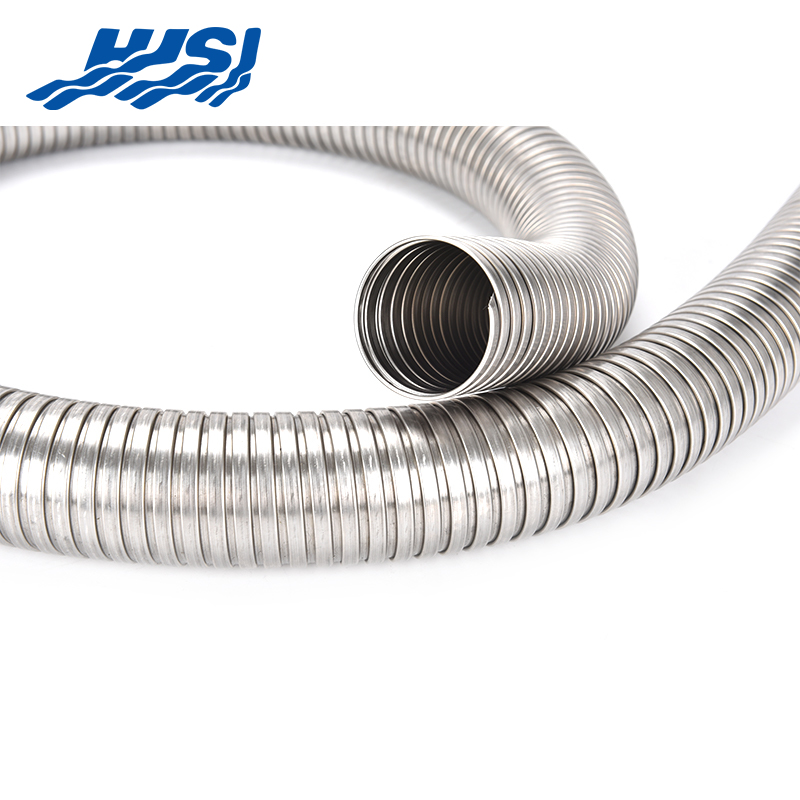In the realm of electrical installations, conduits play a crucial role in protecting wires and cables from various environmental hazards. Among the many types of conduits available, liquid tight non-metallic conduit (LTNMC), galvanized flexible conduit (GFC), and steel flex conduit (SFC) are popular choices due to their distinct advantages.
Liquid tight non-metallic conduit is a flexible conduit designed to protect cables from moisture, chemicals, and physical damage. Made from materials such as polyvinyl chloride (PVC) or polyethylene, LTNMC is known for its flexibility and resistance to corrosion. It is often used in outdoor applications where cables may be exposed to water or other liquids, as well as in industrial settings where resistance to chemicals is necessary.

Galvanised flexible conduit, also known as galvanised steel conduit, is a type of conduit made from steel that has been coated with a layer of zinc to prevent rust and corrosion. This conduit is highly flexible, making it ideal for applications where the conduit needs to bend and flex without breaking. GFC is commonly used in construction and industrial settings where a high level of flexibility is required, and it offers a good balance between cost and durability.
Steel flex conduit is a robust and flexible conduit made from steel. It is designed to withstand harsh environments and heavy-duty applications where high mechanical protection is needed. SFC is often used in places where the conduit may be subject to physical impacts or where it needs to be resistant to high temperatures. Its steel construction provides a high level of protection for the cables it encases, making it suitable for both indoor and outdoor use.
Each of these conduits has specific applications where they excel due to their unique properties.
LTNMC is particularly beneficial in environments prone to water ingress or where cables need to be protected from chemical exposure. Its non-metallic construction also makes it a good choice for areas where electromagnetic interference (EMI) or radio frequency interference (RFI) shielding is not required.
GFC's galvanised coating provides a layer of protection against corrosion, making it suitable for outdoor use or in areas with high humidity. Its flexibility allows for easy installation in tight spaces and around corners, which can save time and reduce the need for additional fittings.
SFC's strength and flexibility make it ideal for applications where the conduit may be subject to physical stress or where a high level of protection is required. Its steel construction also allows it to withstand high temperatures, making it suitable for use in industrial settings or near heat sources.
The installation of these conduits requires adherence to specific guidelines to ensure safety and compliance with electrical codes. LTNMC, GFC, and SFC all have different installation requirements, and it is crucial to follow the manufacturer's instructions and local electrical codes.
Maintenance of these conduits is relatively straightforward, with the primary focus being on checking for signs of wear, damage, or corrosion. Regular inspections can help identify any issues early, allowing for timely repairs or replacements to maintain the integrity of the electrical system.
Liquid tight non-metallic conduit, galvanised flexible conduit, and steel flex conduit each offer unique advantages for different electrical applications. Whether it's protecting cables from moisture, providing flexibility in installation, or withstanding harsh conditions, these conduits play a vital role in modern electrical installations.